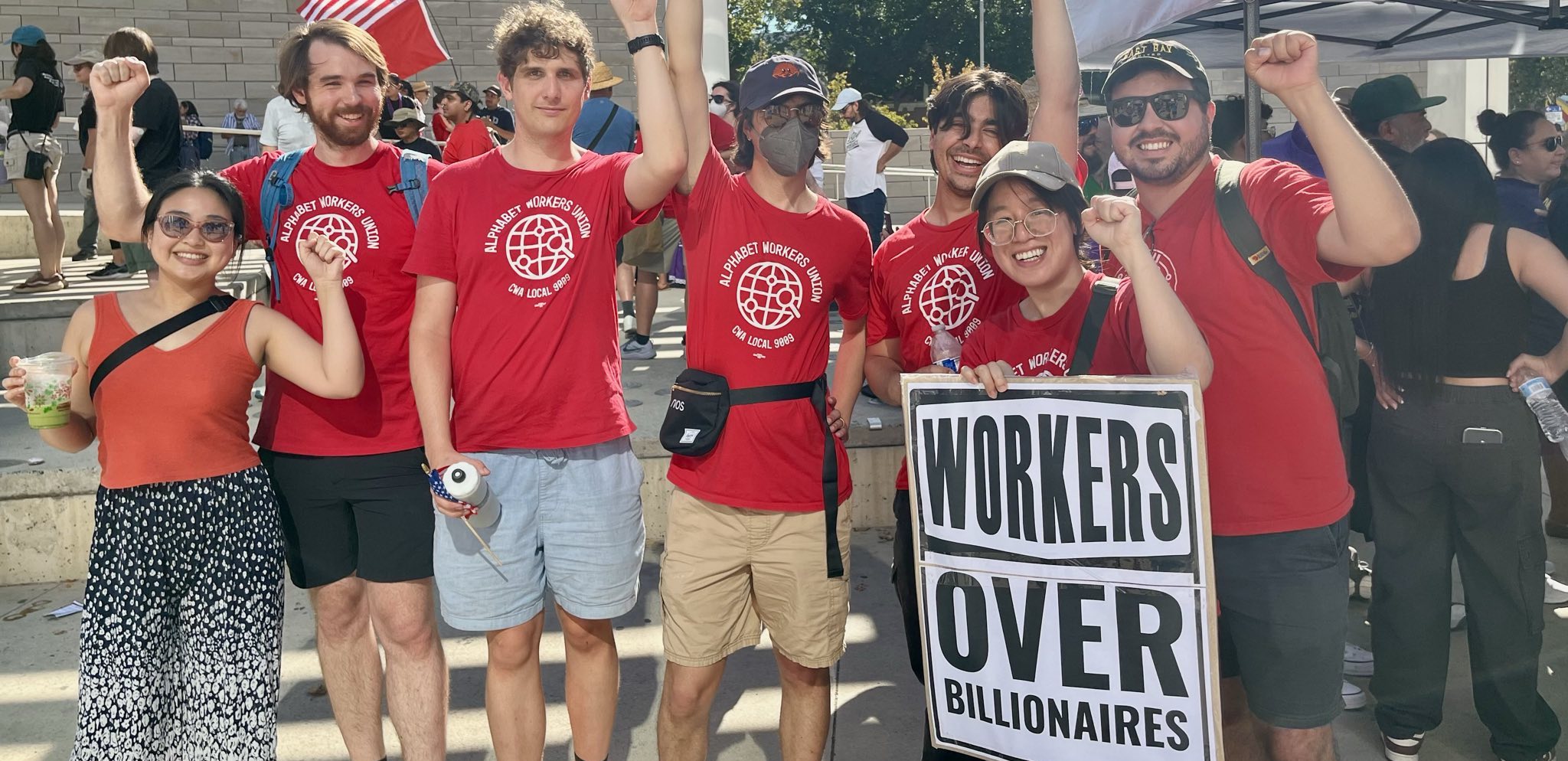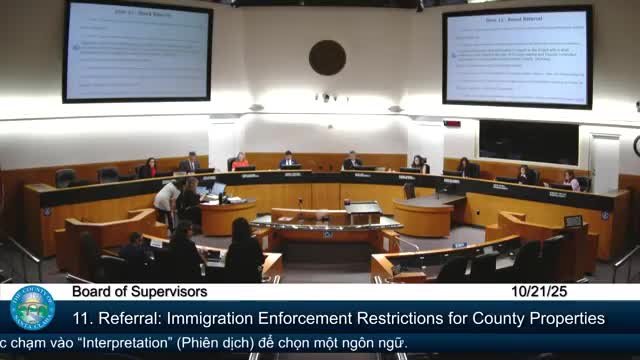Analysis of U.S. Union Organizing Strategies and Alignment with Sustainable Development Goals
Recent Gains and Systemic Challenges to SDG 8: Decent Work and Economic Growth
Recent data on union organizing in the United States indicates a superficial increase in election win rates and the number of workers organized. However, these figures mask significant structural challenges that impede progress toward achieving Sustainable Development Goal 8 (Decent Work and Economic Growth). For the labor movement to meaningfully contribute to SDG 8, which aims to promote sustained, inclusive, and sustainable economic growth, full and productive employment, and decent work for all, it must organize millions of workers annually, not the approximately 100,000 recently recorded.
- Insufficient Scale: Current organizing levels are inadequate to reverse the long-term decline in union density, particularly in high-growth sectors such as IT, finance, and health care.
- Barriers to Collective Bargaining: Landmark organizing victories at major corporations like Amazon and Starbucks have not yet resulted in first contracts. This failure to secure collective bargaining agreements directly undermines Target 8.8 of the SDGs, which calls for the protection of labor rights.
- Hostile Regulatory Environment: Political actions, including the dismantling of regulatory protections and the deportation of immigrant workers, create an environment antithetical to the principles of decent work and secure employment enshrined in SDG 8.
Strategic Shifts in Organizing and Implications for SDG 10: Reduced Inequalities
Avoidance of Core Economic Sectors
In response to a challenging organizing environment, many unions have shifted their focus away from large corporations central to the global economy. This strategic pivot has consequences for SDG 10 (Reduced Inequalities), as it cedes power to the largest economic actors who significantly influence national economic and social policies, thereby exacerbating inequality.
- The proportion of union elections has increased in customer-facing and non-profit sectors, including social services, education, retail, and digital media.
- Conversely, organizing efforts in traditional, high-density sectors like manufacturing, construction, and transportation have declined at a rate faster than employment in those sectors.
- This trend results in organizing smaller bargaining units at the margins of the economy, limiting the labor movement’s ability to effect broad-based wage growth and reduce systemic income disparities as envisioned by SDG 10.
Campaign Methodologies and the Pursuit of SDG 16: Peace, Justice, and Strong Institutions
Decline in Campaign Intensity and the Need for Comprehensive Strategies
Research indicates that while employer opposition in union elections has appeared less intensive, this is largely a result of unions selecting easier targets rather than a fundamental shift in employer behavior. This avoidance of conflict points to a need to strengthen labor’s strategic capacity to build the strong and inclusive institutions required by SDG 16. The intensity of union campaigns has also declined, with fewer utilizing comprehensive strategies.
Characteristics of Diminished Campaign Intensity
- Fewer than 25% of campaigns featured representative organizing committees or engagement with community allies.
- Actions such as rallies, job actions, and media involvement were utilized infrequently.
- Only 5% of campaigns mounted global solidarity efforts or engaged with unions at other branches of the parent company.
The Comprehensive Campaign Model for Institutional Strength
Past and current research demonstrates that comprehensive union organizing campaigns are associated with significantly higher success rates. Adopting this model is crucial for holding powerful corporate actors accountable and advancing the SDG 16 goal of responsive, inclusive, and representative decision-making.
- Strategic Research: In-depth analysis of corporate structures and vulnerabilities.
- Worker and Community Power: Building representative rank-and-file committees and forming alliances with community organizations and political allies.
- Escalating Actions: A planned series of escalating actions in the workplace and the community to build leverage.
- First Contract Focus: Integrating preparation for the first contract negotiation into the initial organizing drive to ensure victories translate into tangible gains.
Recommendations for Advancing Labor Rights and the Sustainable Development Goals
Strategic Imperatives for the Labor Movement
To build worker power and make substantive progress on the SDGs, particularly in a challenging political climate, unions must adopt more ambitious and comprehensive strategies. Waiting for favorable labor law reform is not a viable path forward.
- Target Core Economic Sectors: Unions must prioritize organizing workers in the nation’s largest and most powerful corporations to directly challenge the drivers of economic inequality (SDG 10) and build the power necessary to secure decent work for all (SDG 8).
- Organize Outside Formal Processes: Develop and scale organizing models that do not rely solely on the National Labor Relations Board (NLRB) process, thereby building resilient worker power that can withstand adverse political conditions and strengthen institutional justice (SDG 16).
- Adopt Comprehensive Campaigns: Systematically deploy multifaceted, worker-centered, and escalating campaigns that leverage alliances to make the cost of fighting the union greater to employers than the cost of recognition and bargaining a fair agreement.
Analysis of Sustainable Development Goals in the Article
1. Which SDGs are addressed or connected to the issues highlighted in the article?
- SDG 8: Decent Work and Economic Growth: The article’s central theme is the struggle for workers’ rights, unionization, and collective bargaining. It discusses the challenges and strategies for organizing labor to secure better working conditions and a fair share of economic gains, which is the core of the “decent work” agenda.
- SDG 10: Reduced Inequalities: The article highlights the power imbalance between large, wealthy corporations and workers. It states, “the world’s largest and wealthiest corporations are increasingly driving our nation’s economic and social policies.” The efforts of unions to organize and bargain collectively are a direct mechanism to challenge this power dynamic and reduce economic inequality by improving wages and conditions for workers.
- SDG 16: Peace, Justice and Strong Institutions: The article discusses the role and legitimacy of institutions like the National Labor Relations Board (NLRB). It mentions employers who “challenge the legitimacy of the NLRB” and a political administration “dismantling the regulatory state” and “stripping a million federal workers of collective bargaining rights.” This relates to the need for effective, accountable, and inclusive institutions that uphold the rule of law and protect fundamental rights, including labor rights.
2. What specific targets under those SDGs can be identified based on the article’s content?
-
SDG 8: Decent Work and Economic Growth
- Target 8.8: Protect labour rights and promote safe and secure working environments for all workers, including migrant workers, and in particular women migrants, and those in precarious employment. The entire article is focused on this target. It details the efforts of unions to organize workers, the challenges they face from employers (“blatant union-busting”), and the political environment (“detaining and deporting immigrant workers,” “stripping…collective bargaining rights”). The goal of achieving “first contracts” after union wins is a direct attempt to formalize and protect labor rights.
-
SDG 10: Reduced Inequalities
- Target 10.4: Adopt policies, especially fiscal, wage and social protection policies, and progressively achieve greater equality. Unionization and collective bargaining are key non-governmental processes that function as policies to achieve greater wage equality. The article’s call for unions to “organize workers in the nation’s largest and most powerful corporations” is a strategy to ensure that economic growth is more inclusive and that workers receive a fairer share of the value they create, thereby reducing inequality.
-
SDG 16: Peace, Justice and Strong Institutions
- Target 16.7: Ensure responsive, inclusive, participatory and representative decision-making at all levels. Unions are a primary vehicle for workers to participate in decision-making processes that affect their working lives. The article discusses the decline of organizing in traditional sectors and the shift to smaller units, which impacts the scope of representative decision-making. The need to organize “outside the NLRB process” is a response to institutional weaknesses and a push for alternative forms of participatory power.
3. Are there any indicators mentioned or implied in the article that can be used to measure progress towards the identified targets?
-
For SDG 8 (Target 8.8):
- Union election win rates: The article explicitly states that “National Labor Relations Board election win rates had reached 79 percent.” This is a direct quantitative indicator of the success of union organizing efforts.
- Number of workers organized: The article mentions “the number of workers organized for the year approached 100,000,” but notes this is insufficient as the movement “needs to organize millions of workers each year.” This serves as an indicator of the scale and reach of labor rights protection.
- Rate of first contract achievement: The article implies this indicator by stating that many landmark wins “have yet to yield first contracts.” The percentage of union victories that result in a collective bargaining agreement is a crucial measure of whether the right to organize translates into tangible protections.
- Prevalence of collective bargaining rights: The article mentions the “stripping a million federal workers of collective bargaining rights,” which is a direct negative indicator of the protection of labor rights.
-
For SDG 10 (Target 10.4):
- Union density in key economic sectors: The article implies this indicator by discussing how organizing “continues to lag in fast-growing, low-density sectors such as personal services, IT, finance, and health care, while union-heavy sectors like government and manufacturing keep shedding jobs.” The proportion of the workforce that is unionized, especially in dominant industries, is a proxy indicator for the strength of mechanisms aimed at achieving greater wage equality.
-
For SDG 16 (Target 16.7):
- Number and type of union elections: The article notes that the “proportion of union elections has increased in customer-facing industries” and decreased in traditional sectors. This data indicates the sectors where participatory decision-making is being pursued.
- Use of non-NLRB organizing tactics: The article mentions that unions “have also been running fewer campaigns outside the NLRB process.” The frequency of using tactics like voluntary recognition is an indicator of the methods used to achieve representative decision-making for workers.
4. Summary Table of SDGs, Targets, and Indicators
| SDGs | Targets | Indicators |
|---|---|---|
| SDG 8: Decent Work and Economic Growth | 8.8: Protect labour rights and promote safe and secure working environments for all workers. |
|
| SDG 10: Reduced Inequalities | 10.4: Adopt policies, especially fiscal, wage and social protection policies, and progressively achieve greater equality. |
|
| SDG 16: Peace, Justice and Strong Institutions | 16.7: Ensure responsive, inclusive, participatory and representative decision-making at all levels. |
|
Source: labornotes.org







